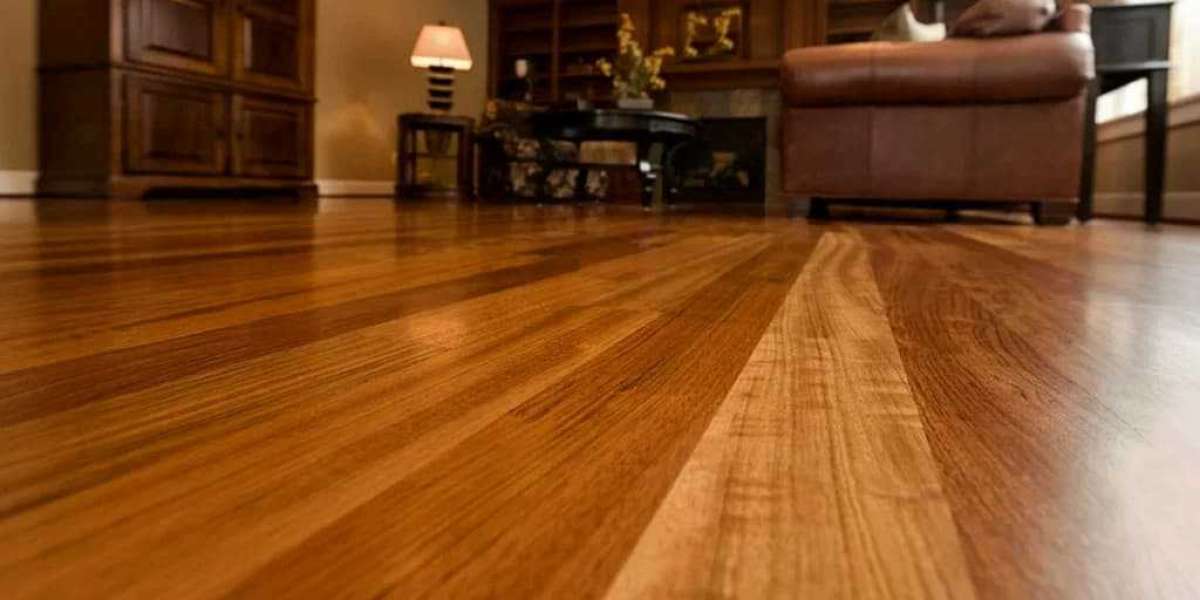When it comes to choosing the right flooring for your space, two options often stand out: laminate flooring and vinyl flooring. Understanding their differences can help you make an informed decision. Both laminate and vinyl offer durability, affordability, and easy maintenance, but there are key differences in appearance, installation, and long-term performance.
In this article, we’ll explore how laminate flooring compares to vinyl flooring in terms of cost, durability, maintenance, and style options. By the end, you’ll have a clearer picture of which one suits your needs best.
Laminate Flooring Overview
Laminate flooring is a popular choice due to its affordability and versatility. It’s made of multiple layers, including a high-density fiberboard core and a printed layer that mimics the look of wood or stone. It’s durable, resistant to scratches, and easy to maintain.
However, laminate flooring is not waterproof, so it’s better suited for dry areas. It’s also a bit less comfortable underfoot compared to vinyl, but it can be a cost-effective solution for many spaces.
Vinyl Flooring Overview
Vinyl flooring is another affordable option with excellent durability. Made from synthetic materials, it’s fully waterproof and ideal for high-moisture areas like bathrooms, kitchens, and basements. Vinyl flooring comes in a variety of designs, including options that closely resemble wood, stone, or tile.
Vinyl is softer underfoot than laminate and offers better sound absorption, making it a more comfortable choice for some spaces. It’s easy to clean and maintain, but its appearance can wear down over time if not cared for properly.
Cost Comparison: Laminate vs Vinyl
When comparing laminate flooring to vinyl flooring, cost is one of the biggest factors to consider. Laminate flooring tends to be less expensive, making it a more budget-friendly option for those looking to cover large areas without breaking the bank.
Vinyl flooring can be slightly more expensive, but it offers benefits like better water resistance and durability in high-traffic areas. The price varies based on quality, brand, and installation methods, so it’s important to factor in both material and installation costs.
Durability and Maintenance
Both laminate and vinyl flooring are durable options, but they have different strengths. Laminate flooring is resistant to scratches, dents, and stains, but it can be damaged by moisture, leading to swelling or warping over time. It's important to clean up spills quickly and avoid using excessive water during cleaning.
On the other hand, vinyl flooring excels in water resistance, making it a great option for moisture-prone areas. It’s also more resistant to fading and staining than laminate. Regular cleaning is easy, but vinyl can show signs of wear after years of use, especially if the top layer is damaged.
Installation Process: Laminate vs Vinyl
The installation process for laminate and vinyl flooring is relatively simple, especially with modern click-lock systems that don’t require glue or nails. Laminate flooring typically needs an underlayment for added cushioning and moisture protection.
Vinyl flooring, especially in sheet or plank forms, can often be installed directly over most existing floors. This makes it a quicker and more convenient option, although some types may require professional installation, especially in large or complex spaces.
Aesthetic Differences: Laminate vs Vinyl
Both laminate and vinyl flooring come in a wide range of styles and finishes, but laminate offers more design options that closely resemble natural wood, stone, or tile. It’s a good option if you want the look of hardwood without the high cost.
Vinyl flooring also offers a variety of designs, and advancements in technology have made it possible for vinyl to mimic the appearance of wood, stone, or ceramic tiles effectively. However, laminate tends to look more realistic and offers a wider range of textures.
Comfort and Noise Reduction
When it comes to comfort, vinyl flooring generally has the upper hand. Its softer surface is easier on the feet, especially if you spend long hours standing. Vinyl also provides better sound insulation compared to laminate, making it a quieter choice for high-traffic areas.
Laminate, while durable and firm, can be harder underfoot and may create more noise when walked on. Adding underlayment can improve the comfort and reduce noise, but vinyl still tends to offer a more comfortable experience.
Which Flooring is Better for Your Space?
Choosing between laminate and vinyl flooring ultimately depends on your specific needs. If you’re looking for an affordable, stylish option that’s easy to install and maintain, laminate flooring might be the right choice. It works well in living rooms, bedrooms, and hallways.
On the other hand, if you need flooring that can handle moisture and provide extra comfort, vinyl flooring is a superior option. It’s perfect for kitchens, bathrooms, and basements, where water resistance and durability are crucial.
Conclusion: Making the Right Choice for Your Home
Both laminate and vinyl flooring offer valuable benefits depending on the specific needs of your space. While laminate is a great choice for dry areas and offers a wide variety of design options, vinyl flooring excels in water resistance, comfort, and sound insulation. Consider your priorities when choosing the right option for your home.

